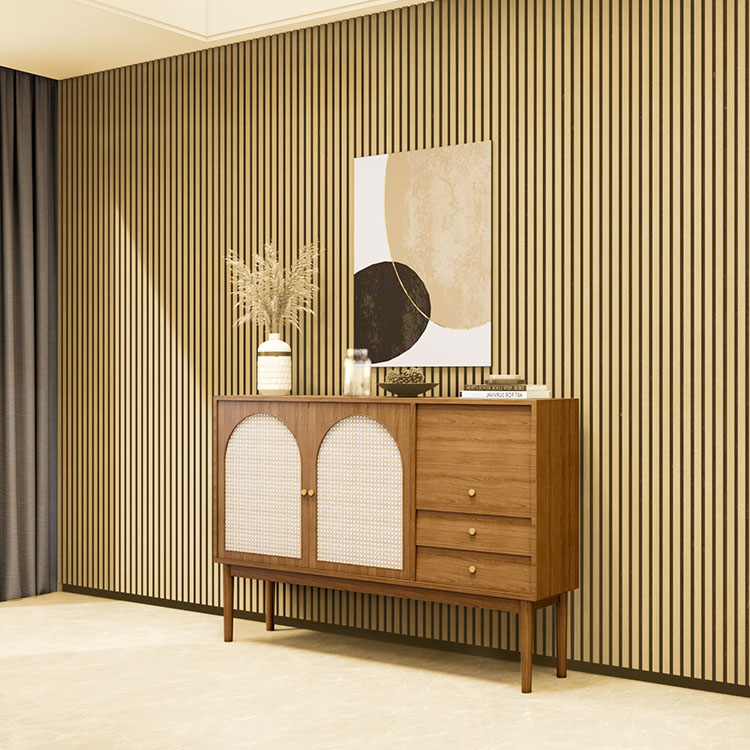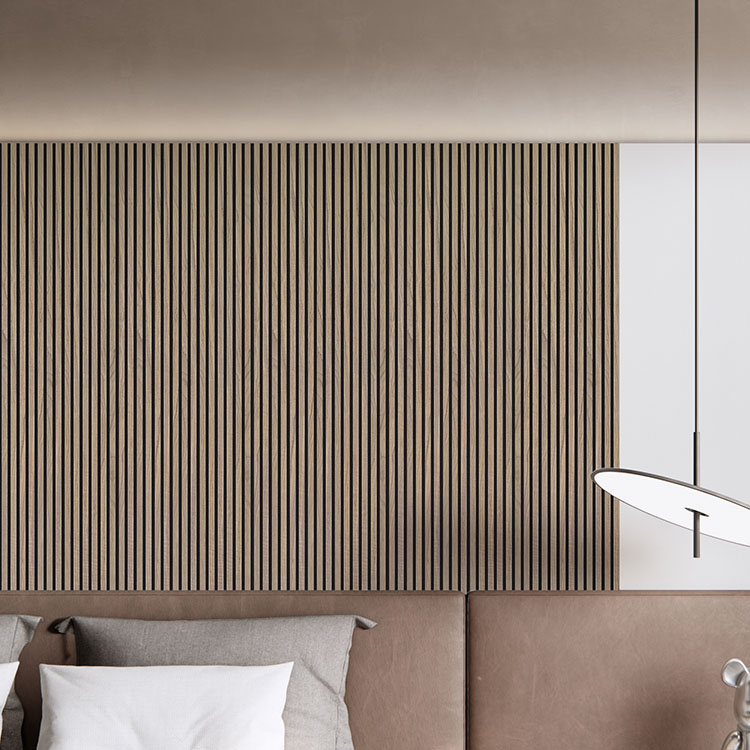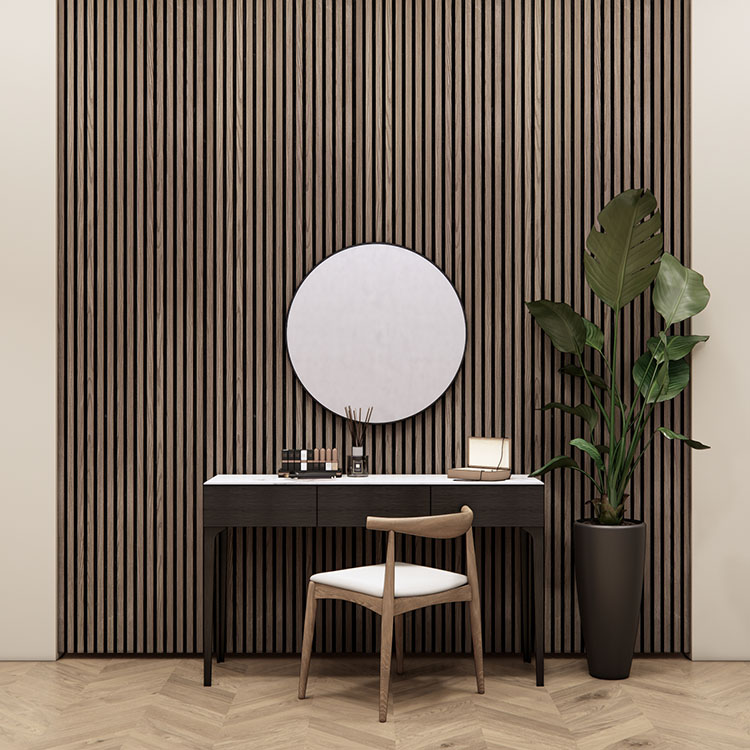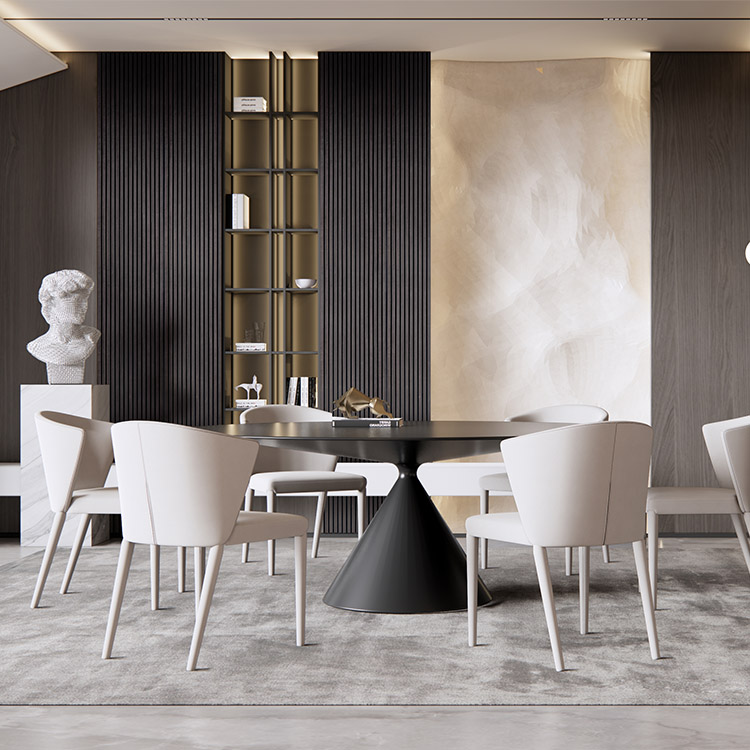A Practical Guide by Liyin Acoustics
When it comes to improving the acoustic comfort and aesthetics of a space, acoustic wall panels are one of the most effective solutions. Whether you're outfitting a modern office, a home theater, or a commercial venue, knowing how to stick acoustic panels to the wall properly is key to achieving both sound control and visual appeal.
At Guangdong Liyin Acoustics Technology Co., Ltd. (Leeyin) , we specialize in wood slat acoustic panels with PET felt backing. As a leading manufacturer and exporter in China, we ensure high-performance, installation-friendly acoustic products trusted by clients worldwide.
✅ What You’ll Need Before Installation
Before you begin, gather the following tools and materials:
-
High-strength construction adhesive (solvent-free recommended)
-
Level and measuring tape
-
Pencil or chalk for marking
-
Caulking gun (for adhesive)
-
Double-sided tape (optional for temporary positioning)
-
Screws and wall plugs (optional for extra support)
🔧 Step-by-Step: How to Stick Acoustic Panels to the Wall
1. Prepare the Wall Surface
Ensure the surface is clean, dry, and flat. Remove any dust, oil, or loose paint. A smooth surface ensures better adhesive bonding.
2. Mark the Panel Placement
Use a level and pencil to mark the panel positions on the wall. This helps with alignment and ensures consistent spacing.
3. Apply Adhesive to the Back of the Panel
Turn your wood slat acoustic panel over and apply strong construction adhesive in a zigzag pattern across the PET felt backing. For larger panels, apply adhesive in horizontal lines spaced about 10–15 cm apart.
💡 Tip from Liyin: Our PET-backed acoustic panels are designed for strong adhesion. The felt’s texture allows the glue to grip firmly and hold over time.
4. Press Panel Firmly Against the Wall
Carefully align the panel with your markings and press it into place. Apply even pressure across the entire surface to ensure contact between the adhesive and the wall.
5. Use Screws or Mounting Strips for Extra Security (Optional)
In high-traffic areas or for added durability, you can use screws through the slats into the wall studs. Our panels are engineered to accept both adhesive and mechanical fasteners without damage.
🔩 Can Acoustic Panels Be Removed Easily?
Yes. If you use adhesive, removing panels may damage the paint or drywall. However, double-sided mounting tape or removable adhesive solutions can make future repositioning easier.
For B2B projects like offices or hotels, a permanent adhesive bond ensures long-lasting acoustic performance and visual consistency.
🌟 Why Choose Liyin Acoustics?
Guangdong Liyin Acoustics Technology Co., Ltd. stands out for its expertise in wooden acoustic wall panels. We’re proud to support architects, designers, and builders with:
✅ 20,000 m² modern manufacturing base
✅ Export experience to Europe, North America, and Southeast Asia
✅ OEM/ODM customization and finish options
✅ Strict international quality control standards
✅ Fast turnaround and reliable logistics
Our wood slat panels with PET felt backing offer premium acoustic performance and simple, secure installation—making them the top choice for B2B projects around the world.



